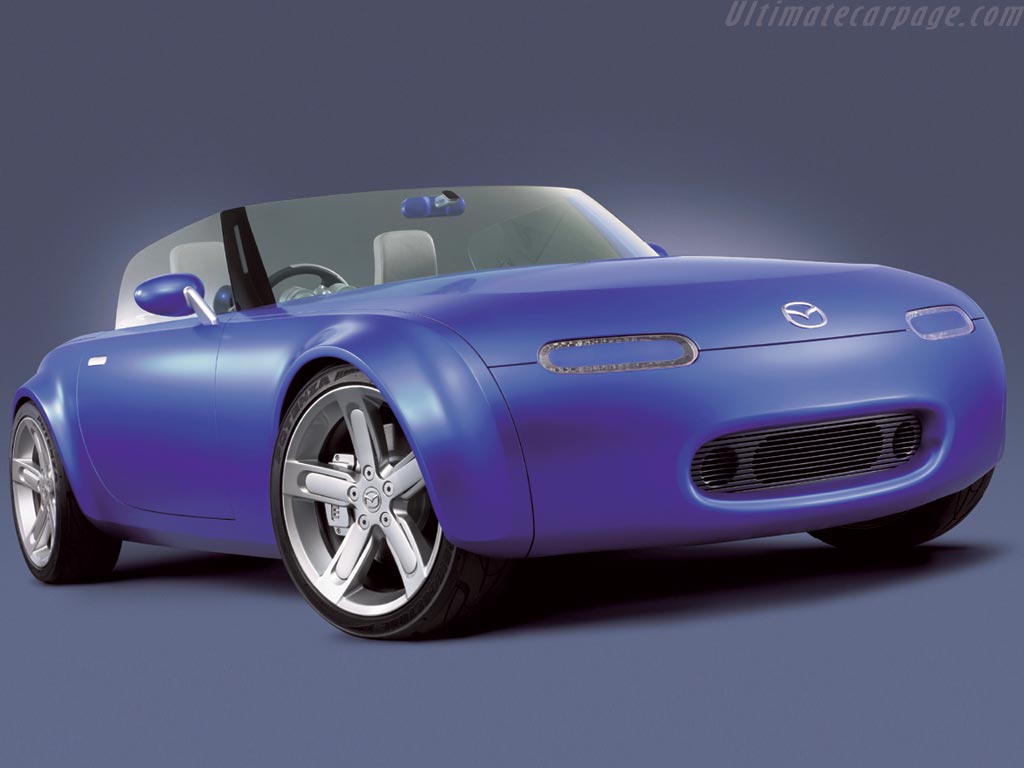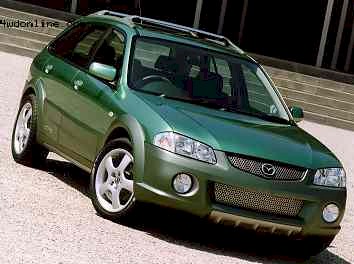A high-performance, twin turbo, four wheel drive, concept version of Mazda's popular 626 saloon has made its debut at the Geneva Motor Show.
Created as a test-bed for sports tuning parts and designated 626 MPS - "Mazda Performance Series" - it has been developed to bring out the full potential of the 626 and to meet a growing demand for high-performance four-door saloons.
Based on the technologies developed by Mazda Motor Corporation affiliate Mazda Speed, the 626 MPS will also be assessed for its production potential.
While the car retains the functional and stylish lines of the recently re-launched 626 design, the 626 MPS has been radically transformed into a powerful and sporty performance car.
The exterior gains a more dynamic presence with the use of a larger rear spoiler - which provides down-force to aid traction for the rear tyres - plus front spoiler, side skirt, over-fender and oversize aluminium wheels. These items not only add to the appearance but also significantly enhance the car's aerodynamic and cooling performance.
The interior has white instrument faces, special seats and aluminium pedals. Despite the sporting nature of the 626 MPS it also has exceptional functionality, with a spacious luggage area, long load capability through the rear seats.
Modifications for enhanced performance include the use of a Twin-Turbo with Mazda's well-proven KL-ZE 2.5-litre V6 engine, plus increased capacity of the intercooler, radiator and oil-cooler.
Combined with special ECU and straight-through silencer, the 626 MPS generates maximum output of 206kW (280ps) at 6,500rpm and maximum torque of 392NEm at 4,000rpm. A lightweight flywheel is employed to facilitate engine responsiveness.
A 5-speed manual gearbox is combined with reinforced clutch and full-time 4WD system to transmit the outstanding power while retaining traction.
Handling performance is also greatly enhanced by 12-stage dampers and height-adjustable suspension, plus low-profile tyres with an exceptionally wide footprint.
The brake system employs 6-pot front and 4-pot rear callipers and large diameter discs in order to deliver exceptional braking performance to match the demands of spirited driving on a racetrack.






























